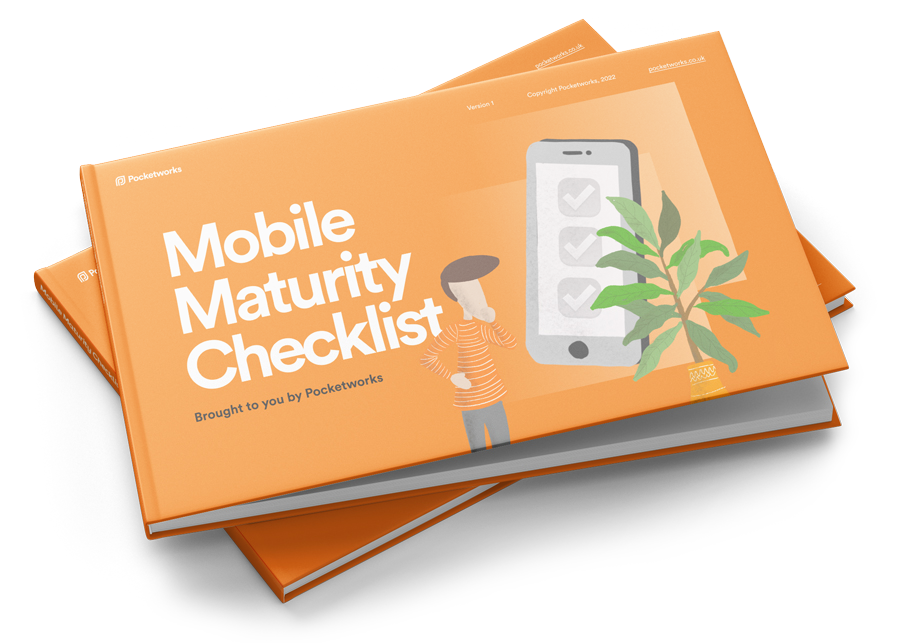What are the chances a customer will download your app? If your app is a painkiller, it will solve important and urgent problems for customers and therefore have a higher chance of being downloaded. On the other hand, if your app is more like a vitamin, it's going to take more persuasion to get those downloads.
This article helps you take a critical look at your app so you can reduce your marketing costs and improve your user retention.
A tale of two apps
The other day I was analysing data for a couple of apps I've been involved with. Let's call them the Para App and the Vit App. The Para App solves a very urgent and pressing problem for the customer, whereas the Vit App helps customers address a more subdued but important lifestyle issue.
For every 100 users that visit The Para App on the app store, 37 download it.
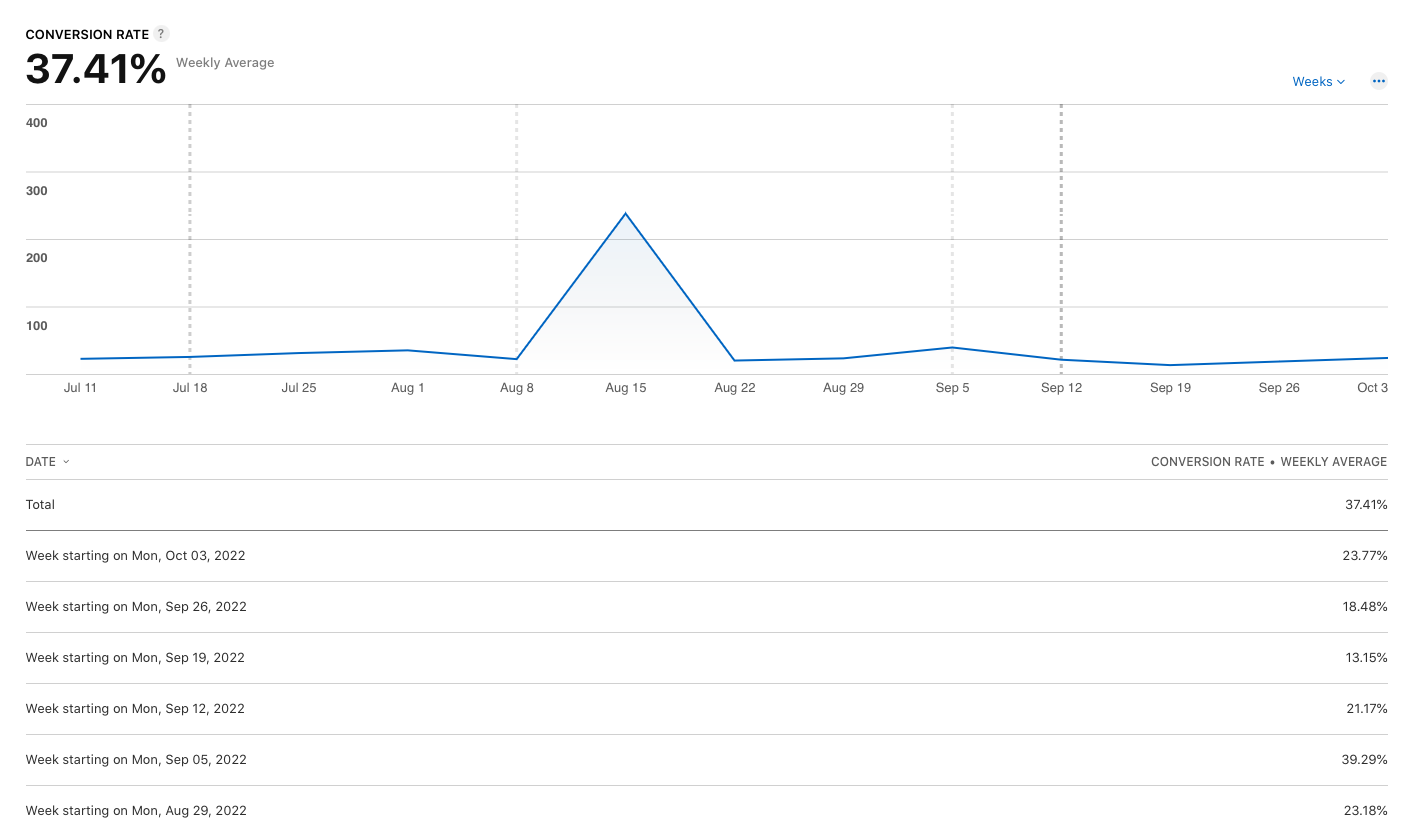
For every 100 users that visit the Vit App on the app store, 4 download it.
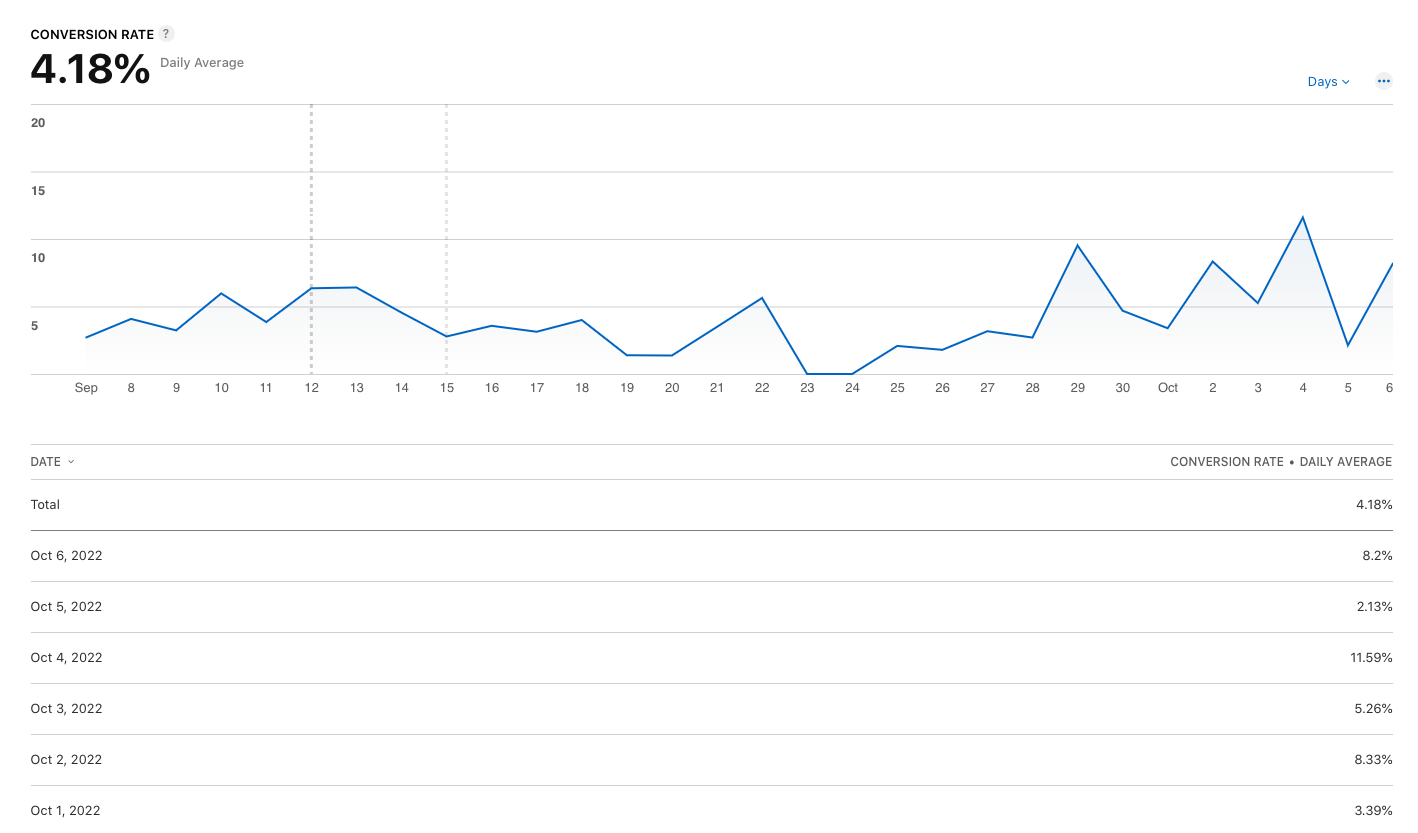
If you don't know what these charts mean, I'll explain. Before a potential customer downloads your app from Google or Apple, they see your app store page. This can be a make-or-break moment where they decide if they will install your app or not. The conversion rates shown above are the percentage of people that view the app store page or listing and then download the app.
Why does one get 10x more downloads? If Para is getting 37% downloads and Vit getting a lowly 4%, what does that mean for their success?
What a higher conversion rate means for your app
Do you know if your app is going to get a high conversion rate like Para or a low one like Vit? Let's look at what it means for your app to get a higher conversion rate:
- You will get a lot more customers for the same marketing effort
- Your app will grow a lot faster via word of mouth
- You're advertising spend will yield 1000% higher results
- Your app store rankings will be better, bringing more traffic
Conversely, a low conversion rate means:
- You'll need a lot more marketing to get decent download numbers
- This usually means a high customer acquisition cost
- You may find growth is slower
It's useful to think hard about how you can make your app a painkiller to enjoy higher conversion rates. Let's look at how.
Vitamins and Painkillers
Both of the apps I talk about here have very respectable app store pages. They are professional, with attractive imagery and well-written copy. So I have a hypothesis. The conversion rate is largely down to the importance and urgency of the problem the app solves. To use a cliche analogy, you'll get more downloads with a painkiller than a vitamin.
Para is a painkiller app, and Vit is a vitamin app.
According to Nir Eyal and his fantastic book Hooked: How to Build Habit-Forming Products, painkiller apps are ones that investors feel more comfortable backing because they solve immediate problems for customers:
Painkillers solve an obvious need, relieving a specific pain, and often have quantifiable markets.
In contrast, the Vit App is more like a vitamin, which Nir describes as:
Vitamins, by contrast, do not necessarily solve an obvious pain point. Instead, they appeal to users' emotional rather than fundamental needs.
If Para is getting 37% downloads and Vit getting a lowly 4%, could this be the reason? And what about your app? Is it a vitamin or a painkiller?
What kind of app are you offering?
Ask yourself: What kind of app are you offering to your customers? Considering urgency and importance will help you decide.
Some things are urgent, such as taking a taxi or paying a late parking ticket. Other things are important, such as looking after your mental health or tracking what food you eat. Some things are both urgent and important. Some are neither.
Like the Para App, you might find that your odds of app success increase greatly if you ensure you're solving high-priority urgent problems for your customers.
Consider this Eisenhower Matrix we made to help you classify your app.
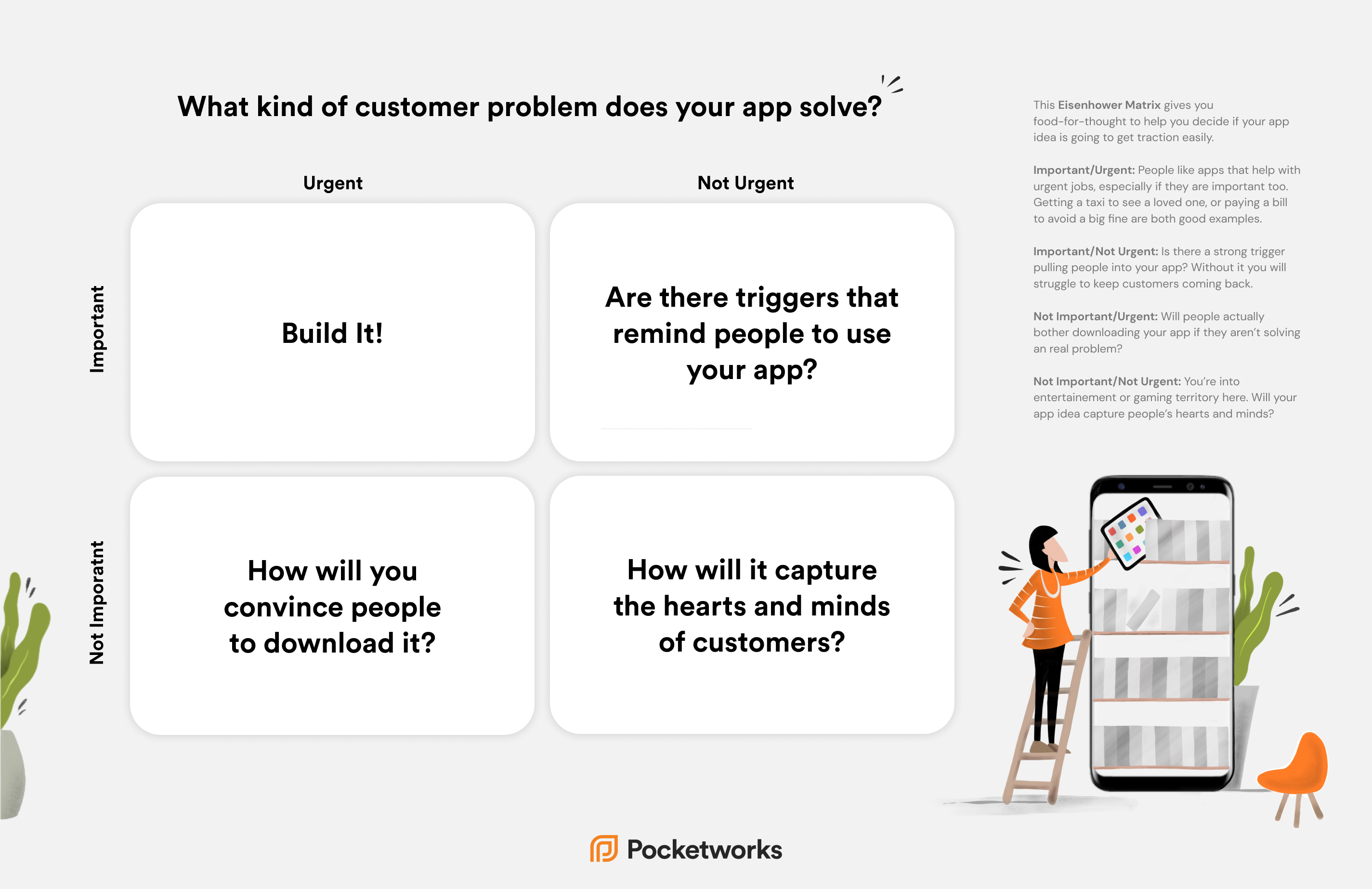
Oh, a quick interruption! If you like this article, you'll probably like our newsletter? It brings you loads of useful mobile insights and tips, helping you increase your mobile knowledge every two weeks 👇
Get inspiration from the world of apps.
Righty, now that you've signed up, let's get back to the article 😅
The job to be done matters
The jobs-to-be-done framework is a great way to think about whether your app is a painkiller or a vitamin. This is because the importance and urgency will depend on who your customer is and what their immediate need is.
For example, a Wind Forecasting app is a vitamin for a lot of people; it's nice to have for those curious about the weather. However, for a skipper about to set sail, understanding the weather can help save her life - making the app both urgent and important.
If you're not familiar with it, jobs to be done (JTBD) is a framework that helps you understand what problem your product or service solves for the customer. The theory goes that people don't buy products or services; they "hire" them to do a job. And that job could be something like:
- I need to get from A to B quickly
- I need to keep my family safe
- I need to stay healthy and fit
As you consider the jobs to be done for your app, you'll get clarity on who your audience is and how important and urgent the problem you're solving is. You can learn more about that in this Medium article by Anthony Ulwick, who invented the framework.
What if you're building a vitamin?
Your app doesn't have to be a painkiller; look at the wildly successful Headspace app that helps people develop well-being and mindfulness skills. This app enjoys 400,000 downloads and £2 million in revenue each month. It's a vitamin app, but it has managed to find exceptional success.
One could argue that this is because mental health has become a popular topic in social media and the press.
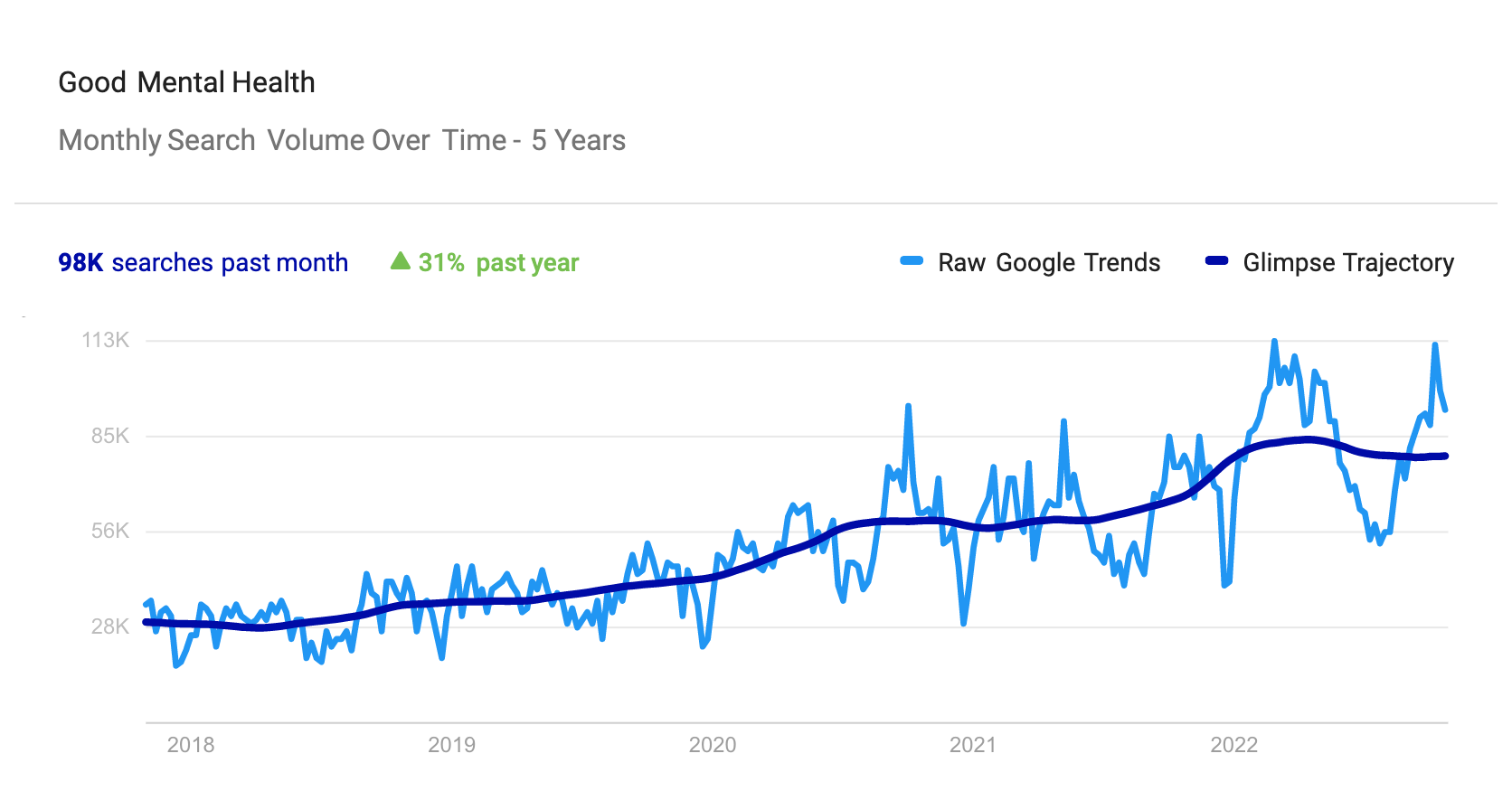
If you're developing an app that is important to people but not urgent, having the press remind people of the problem your app solves is incredibly valuable.
What app store category are you in?
There is another way you can get a feel for your conversion rate: by looking at industry standards for each category of App. Consider which category your app sits in and use that to project your conversion rate.
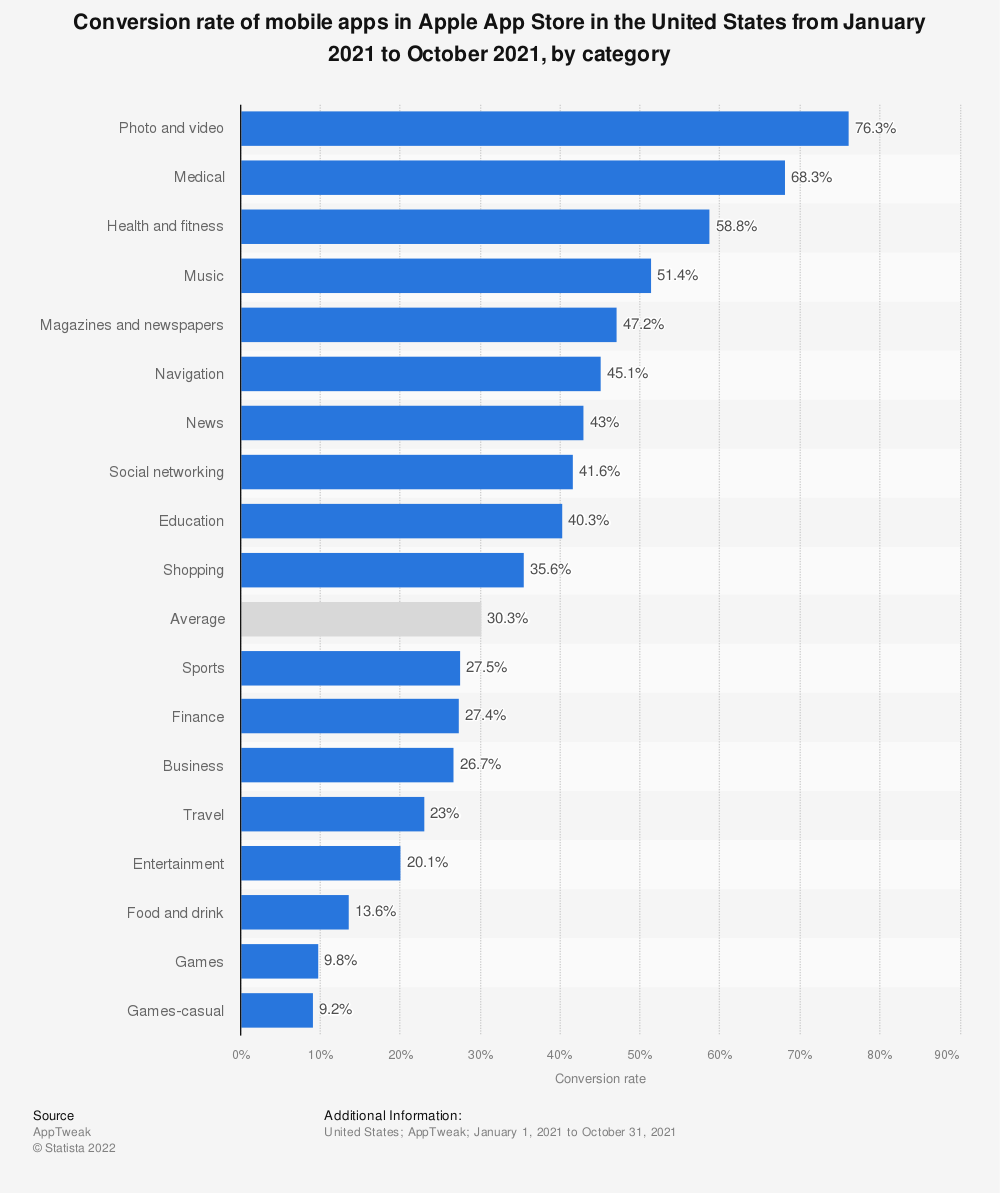
To give an example, our Para app sits in the Health & Fitness category, meaning it should be able to achieve a 59% conversion rate. The Vit app sits in the Finance category, meaning it should be able to reach 27%.
Which category will your app sit in? You can use this data as an indicator of how likely your app is to be downloaded. A word of caution; don't take the data too literally - simply having an app in this category doesn't mean you'll achieve that conversion rate. There are a lot of factors, such as whether the user found your app via an app store search or from a web page referral. AppFollow nicely demonstrates this with their online tool.
This is useful data, but I'd recommend you pay more attention to the urgency and importance matrix discussed previously.
Next Actions
- What is the job to be done with your app? Do you know your customer and their situation?
- Consider if there is any aspect of your app that is both important and urgent. Can you emphasise that aspect in your value proposition?
- Can you pivot your app idea to be both urgent and important?
- Are there any groups of customers who might find your app both urgent and important? If you only attracted that group of customers, would you consider your app a success?
- Is there any aspect of your app that solves a problem that is being mentioned in the press?
Now that you understand the importance of conversion rates and how they can be related to whether your app is a painkiller or a vitamin, it's time to think differently about your app idea. I challenge you to find an app you're thinking about building and see it through the lens of vitamin vs painkiller and of urgency and importance.
Making apps that make a difference
In case you're wondering, Pocketworks is a software consultancy that specialises in mobile apps.
We bring you expertise in user research, mobile technology and app growth tactics to help you develop apps that create positive impact for your customers, shareholders and society.
To get a flavour of us, check out our free guides and app development services. Or, see some more background info on us.






